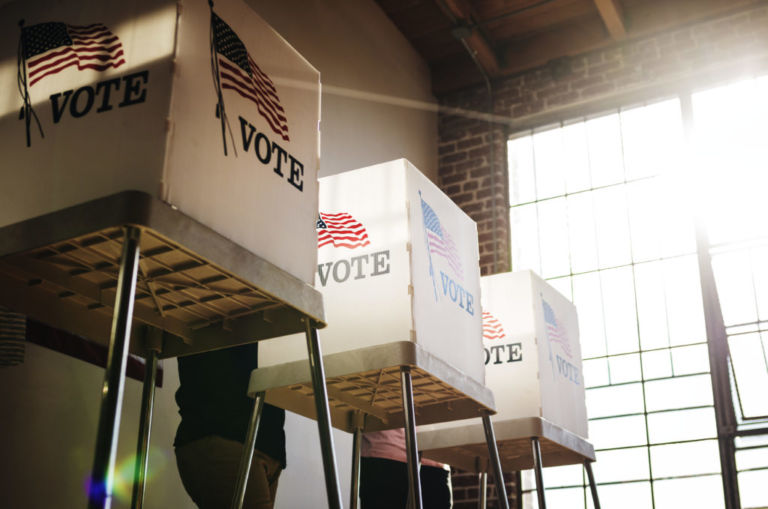Christopher Jacobs of the Federalist ponders public perceptions about inflation.
When covering the political persistence of “Bidenflation,” I’ve noted that economists keep wondering why opinion polls continue to show the American people are sour on an economy that continues to create jobs. Ultimately, the question in many ways comes down to one’s economic perspective and the fact that the so-called “experts” live far different lives than the people surveyed by most opinion polls.
A column earlier this year by perhaps the paragon of liberal economic opinion shows the not-so-subtle snobbery behind the failure to take families’ inflation concerns seriously. It also explains why Americans’ economic insecurities could result in a political bloodbath for the left come November.
In late February, The New York Times’ Paul Krugman dedicated a newsletter commentary to grocery prices. Citing Bureau of Labor Statistics data, he claimed that “prices of groceries for home consumption rose 19.6 percent between January 2021 and January 2023, then another 1.2 percent over the following year. Yes, grocery prices are up a lot, but not nearly as much as some people claim, and the big surge is behind us.”
In a typically flippant manner, Krugman then went on to inveigh against “the vehemence — and sheer silliness — of the grocery truthers,” analyzing the cost of goods at Walmart versus official Bureau of Labor Statistics data. …
… In trying to rebut what he describes as “ad hominem attacks” by commenters that claim “grocery prices have doubled under President Biden and are still soaring,” Krugman totally missed the forest for the trees. Whether ordinary citizens know the specifics of whether grocery prices have gone up by 10 percent, 110 percent, or 1,000 percent, they recognize that prices have gone up by more than they can afford. …
… Yes, the increases have tailed off in the past few months. But the chart shows a huge increase from the middle of 2021 through early 2023.


